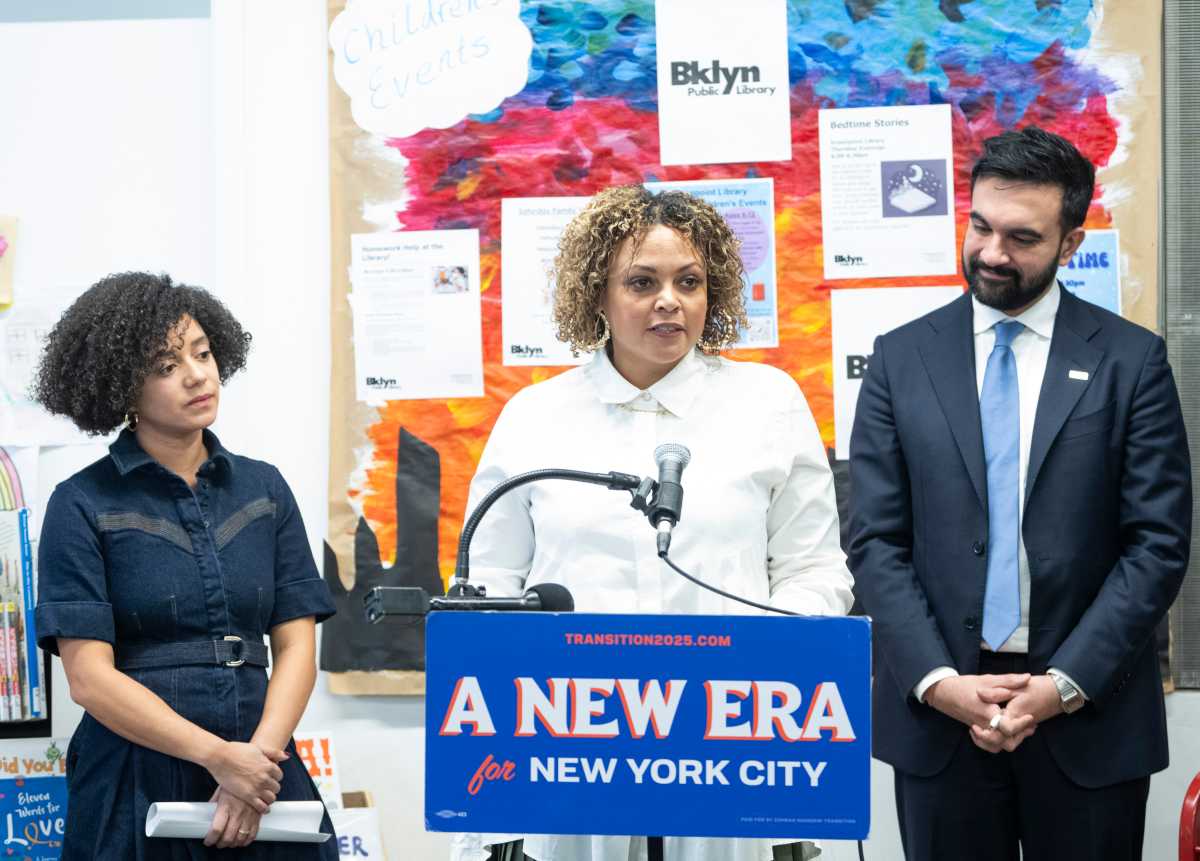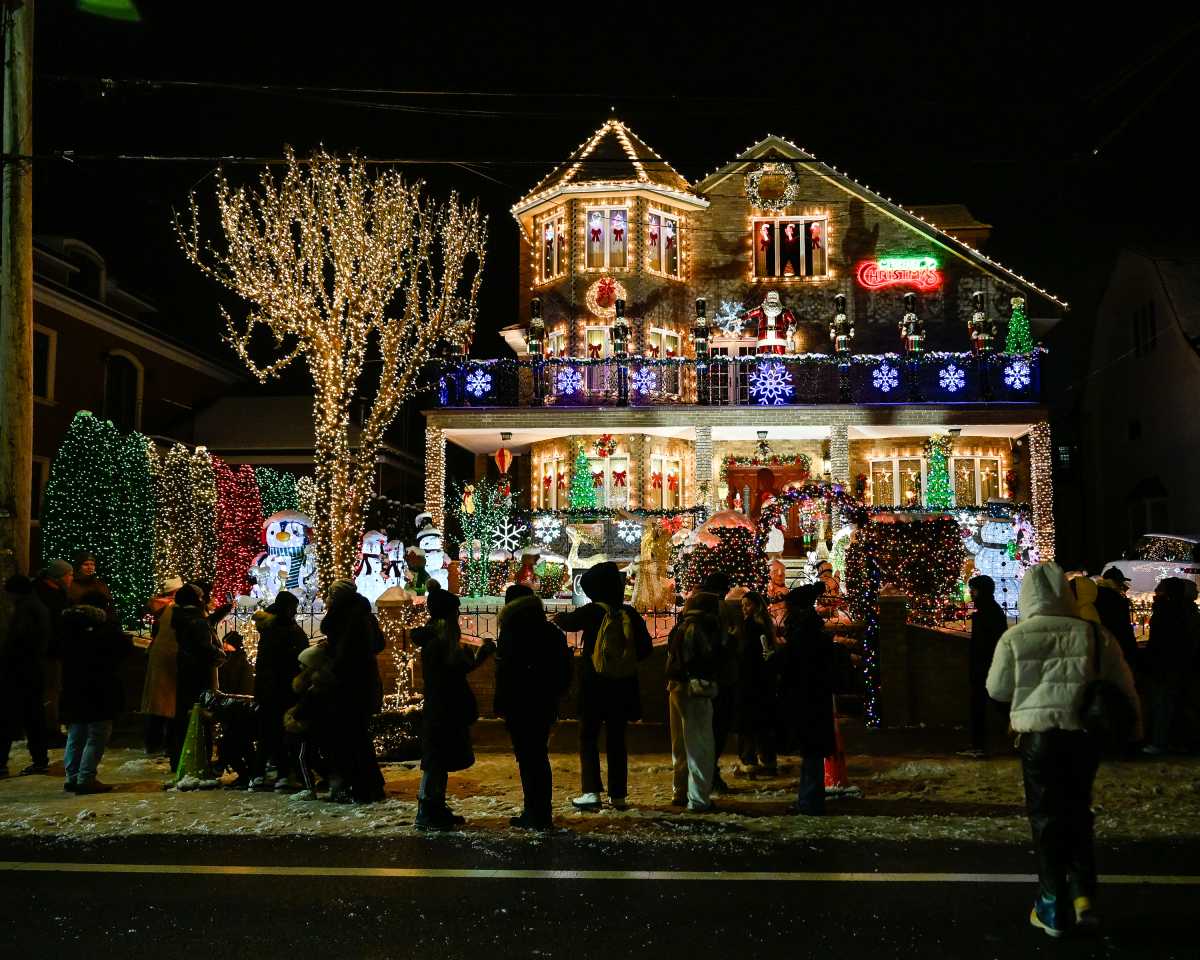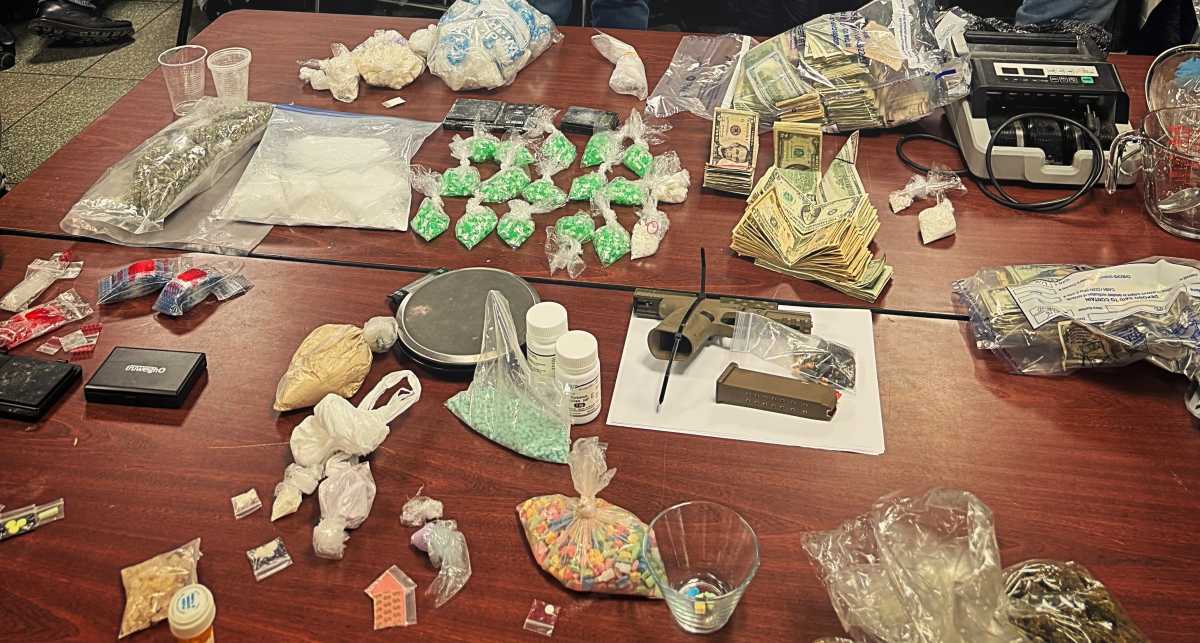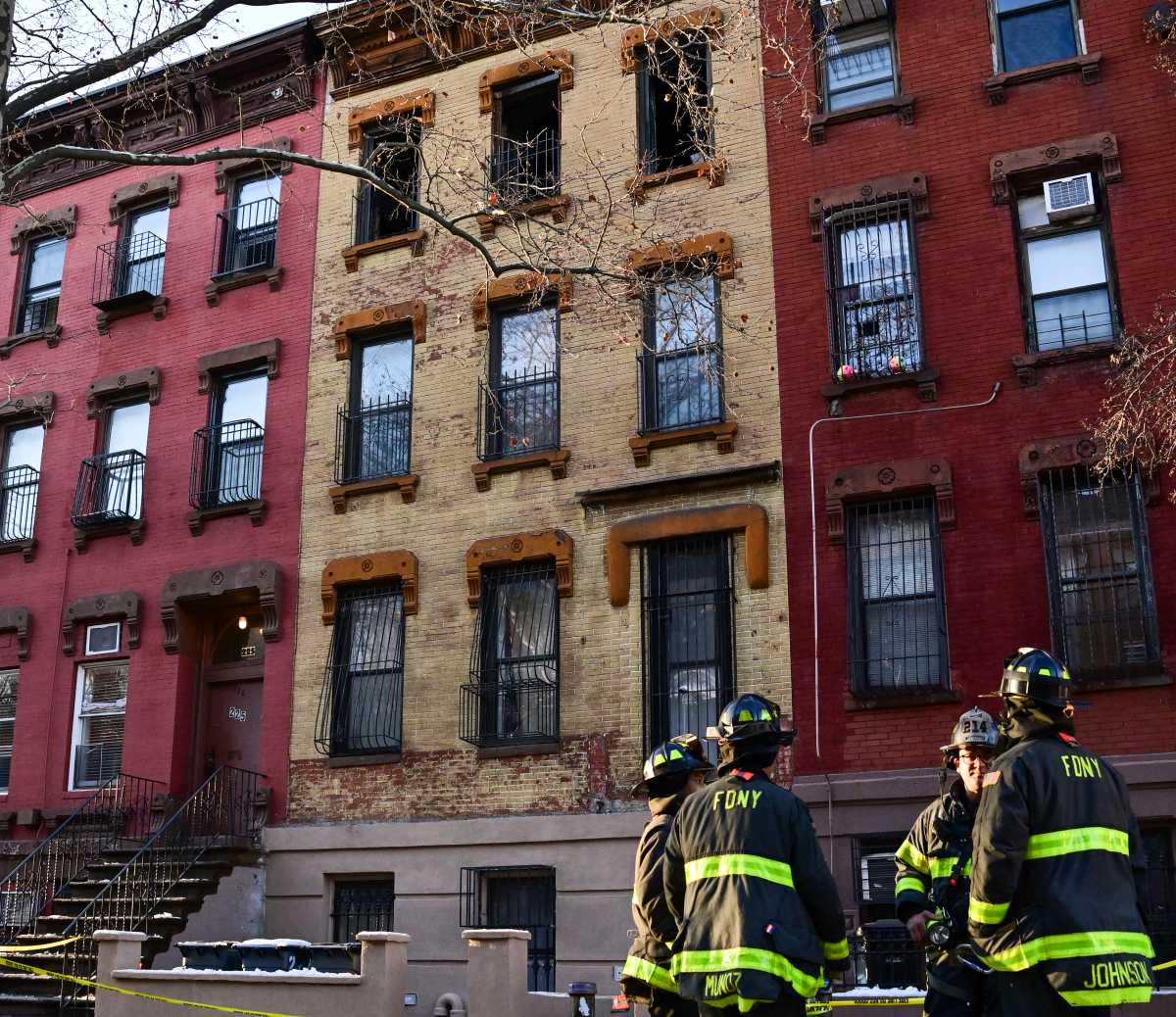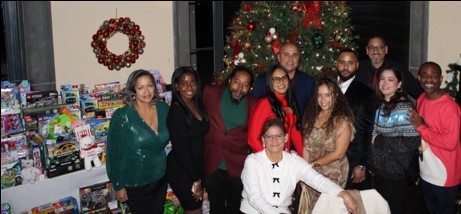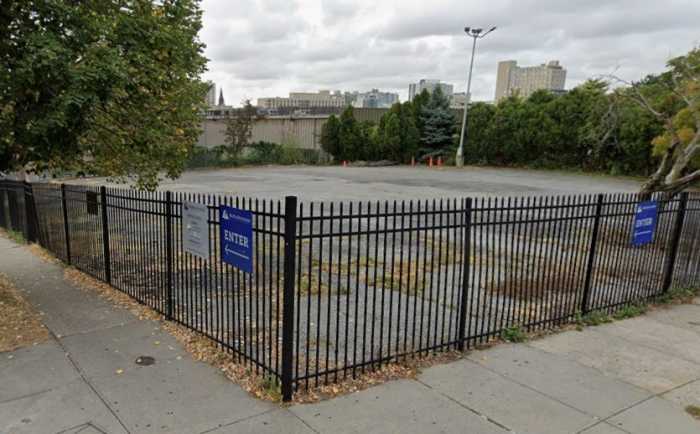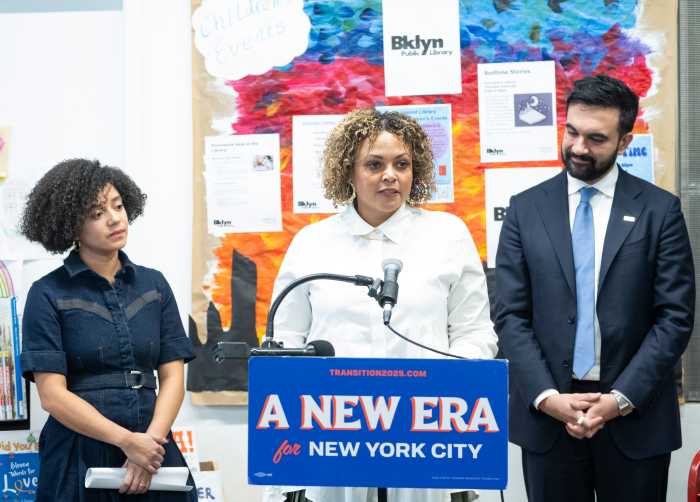After five years of debate, legal battles, false starts and logistical challenges, congestion pricing finally became a reality in New York at the stroke of midnight Sunday.
The MTA’s first-in-the-nation tolling program now charges all motorists heading into areas of Manhattan south of 60th Street a $9 toll, with lesser rates charged during off-peak hours. Congestion pricing went live after surviving several last-minute legal challenges from the suburbs, including lawsuits from New York and New Jersey elected officials and several unions who opposed the program.
New Yorkers were left wondering about the program’s fate last year after Gov. Kathy Hochul indefinitely paused it on June 30, 2024, citing the financial burdens it would place on New Yorkers. She ultimately lifted the stay on Nov. 18 of the same year, lowering the toll to $9 from its original $15.

To mark the occasion, MTA Chair and CEO Janno Lieber celebrated the historic toll program on Saturday night, hours before congestion pricing went live, by unveiling signs informing drivers they are entering Manhattan’s congestion relief zone. He was flanked by local elected officials, transportation advocates and other supporters of traffic reduction.
Congestion pricing is expected to rake in more than a billion dollars in annual revenue for the MTA to use to improve public transit throughout the city.

“We’re doing something that proves the city is not paralyzed to deal with the challenges,” Lieber said. “We’re doing something that’s about cleaner air and safer streets and less traffic and better transit. We’re doing something that’s historic. It’s the first in the nation.”
Members of the MTA who worked on developing the program, many of whom brought their children and friends to witness the moment, also attended the celebration.
“In New York, we have all kinds of interest groups, but we have an amazing ecosystem of transit supporters and people who care about our city,” Lieber added.

Danna Dennis, senior organizer of the Riders Alliance, is one of several transportation advocates celebrating the program’s start.
“Over a decade, New York’s subway and bus riders organized and won congestion pricing. It’s finally here,” she said. “This transformative program will upgrade unreliable and inaccessible infrastructure, speed up ambulances and buses starting today, and cut toxic air pollution in the city and suburbs.”
MTA officials have long said the toll is expected to reduce traffic in the Manhattan Central Business District by approximately 80,000 fewer vehicles entering the zone daily, leading to improved traffic flow, better air quality and reduced traffic accidents.
Meanwhile, on Saturday at around 11:45 p.m., NYC resident John Russo picked up an Uber in Woodside, Queens, to his home in Midtown. He wondered if his driver would be one of the first vehicles enter the congestion relief zone over the Queensboro Bridge.
amNewYork Metro spoke to Russo after his ride. He said he entered Manhattan at 11:58 p.m., two minutes shy of congestion pricing, making his Uber one of the last vehicles to enter Midtown Manhattan for free.
“The ride was uneventful,” he said, adding that his driver did not seem phased by the new program.
For more information about congestion pricing and available discounts, visit mta.info.
Read More: https://www.amny.com/nyc-transit/


















